In Photos: Moche Treasures Hidden in Peru Temple
Ancient feathered shield
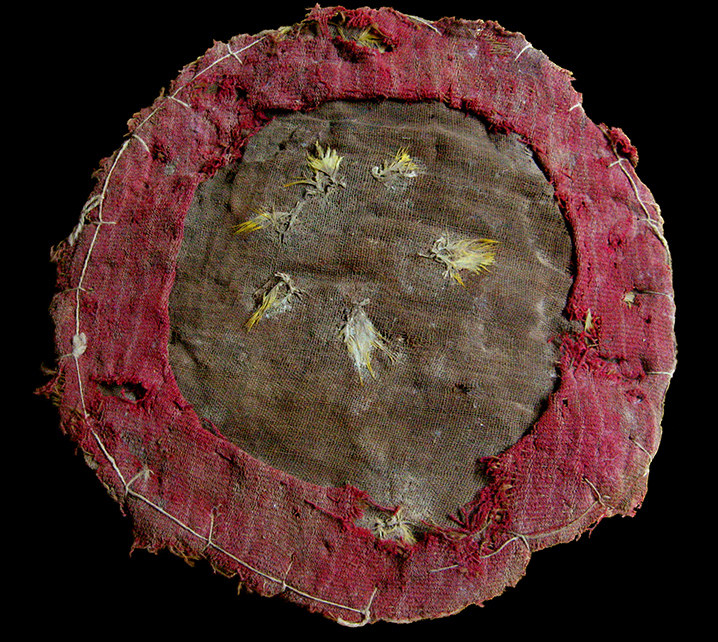
This shield, the front of which is shown here, dates back around 1,300 years and was discovered in a sealed portion of an ancient temple at the site of Pañamarca in Peru. Made by the Moche people, it's about 10 inches (25 centimeters) in size. The front has red and brown textiles along with about a dozen yellow feathers, which appear to be from the body of the Macaw bird. Originally it may have had more than 100 feathers arranged in two or more concentric circles. The back of the shield has basketry weaving and a handle. The shield would have had a ritualistic purpose and would not have been used for actual combat. [Read full story]
Resting place
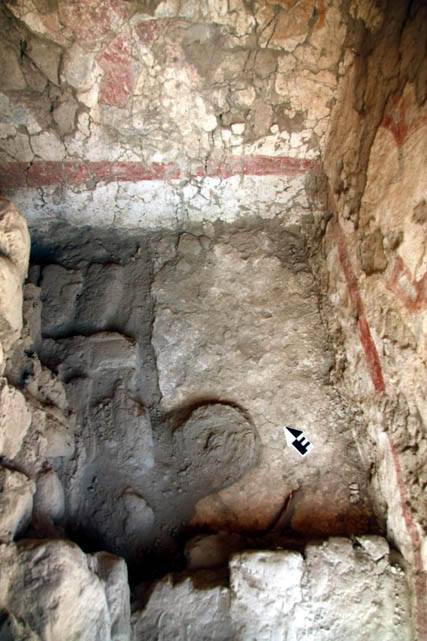
The shield, seen here, was found face down on top of a sloped surface that had been turned into a bench or altar.
Looking it over

Team member Jorge Gamboa turned over the shield revealing it's face. The red color is still vibrant after being in the temple for around 1,300 years. Researchers note that very few Moche shields survive today.
More discoveries
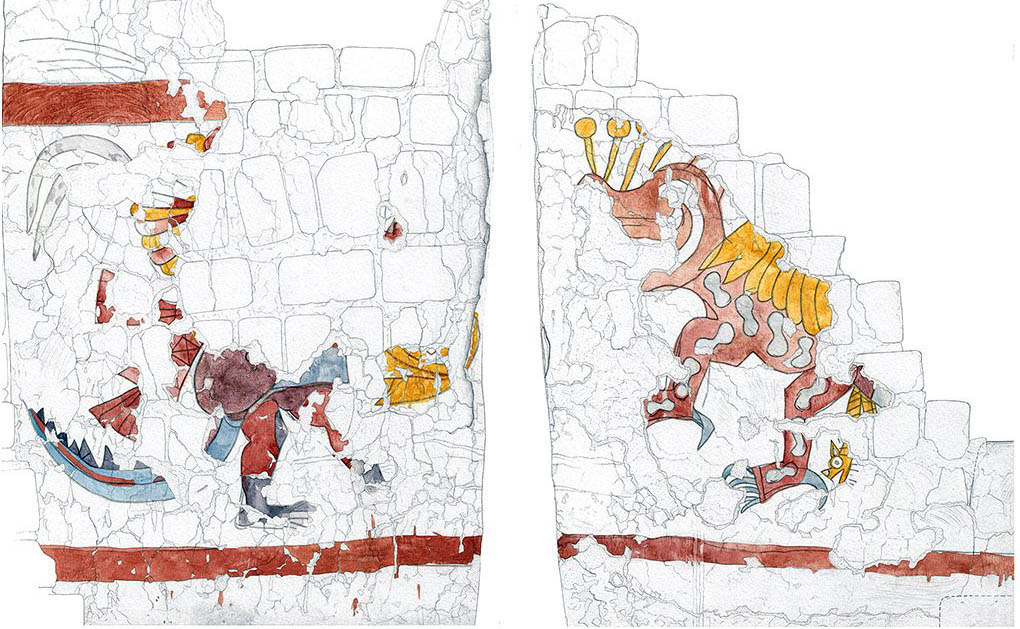
The shield was found close to two murals, shown here in watercolour illustration. The mural on the left is of an iguana like creature while the one on the right is of a Strombus Monster that has both snail and feline characteristics.
The source of beauty
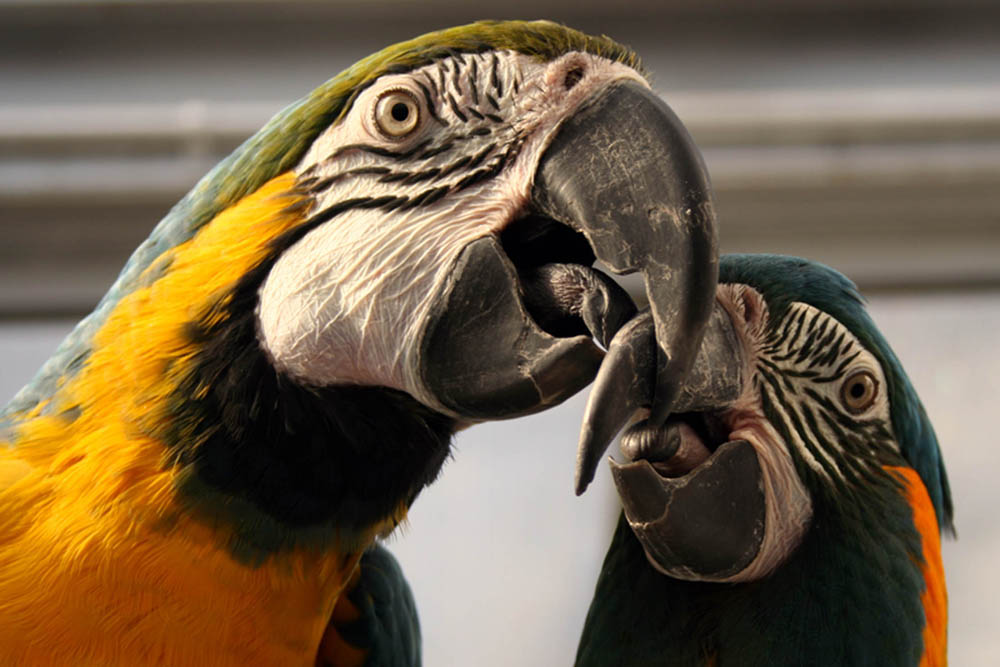
The Macaw bird comes in different colors including yellow and can be found on the east side of the Andes close to the Amazon. This image shows a male Blue-and-Gold Macaw (left) and a female Blue-throated Macaw (right) that are currently captive in Canada.
A distance to travel
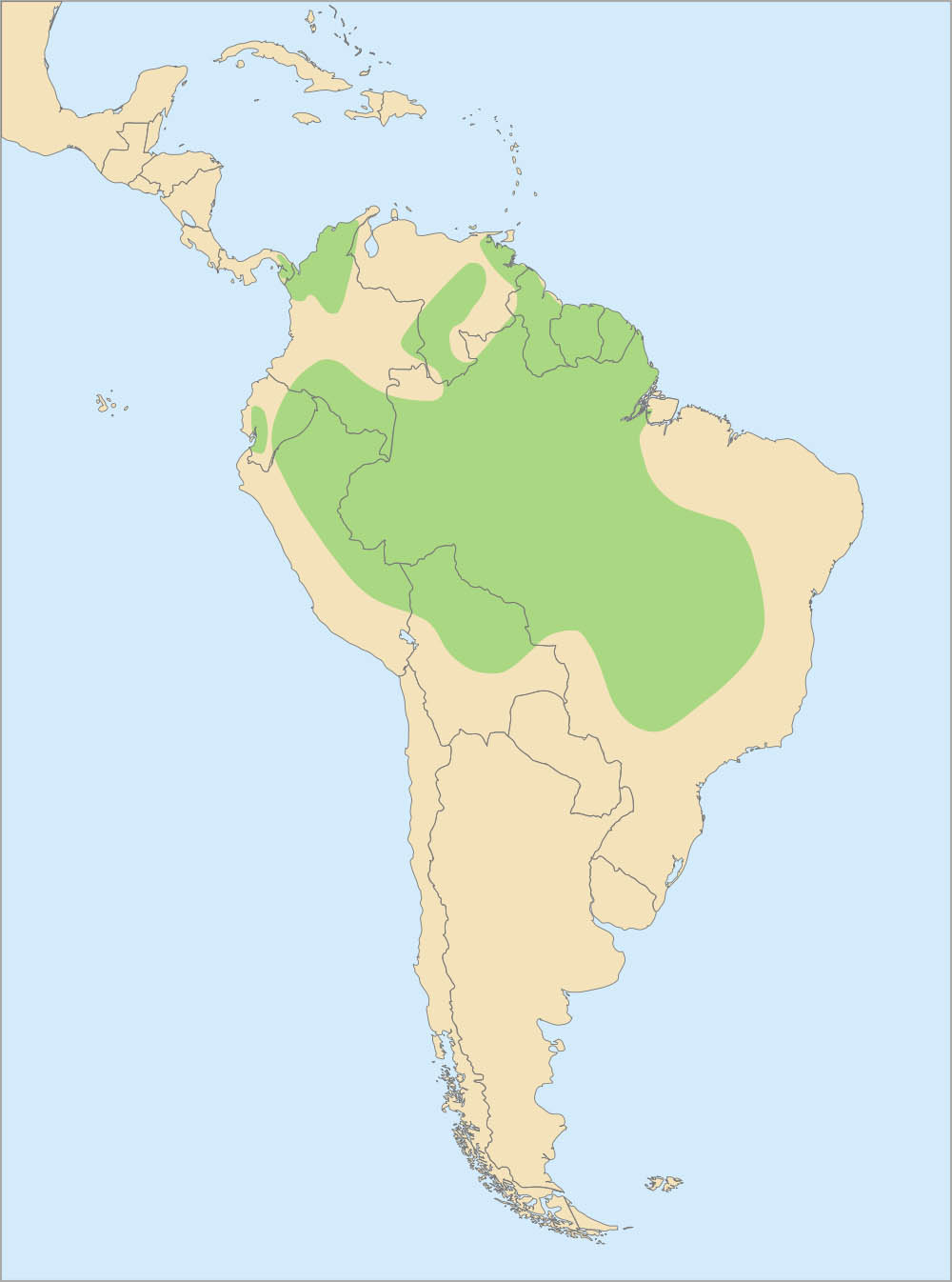
This map shows the distribution of the Blue and Yellow Macaw bird. Note that the Moche lived on the north coast of Peru, outside the bird's natural range. This meant that they had to import it to get the feathers to sew on the shield.
Sign up for the Live Science daily newsletter now
Get the world’s most fascinating discoveries delivered straight to your inbox.

Owen Jarus is a regular contributor to Live Science who writes about archaeology and humans' past. He has also written for The Independent (UK), The Canadian Press (CP) and The Associated Press (AP), among others. Owen has a bachelor of arts degree from the University of Toronto and a journalism degree from Ryerson University.









